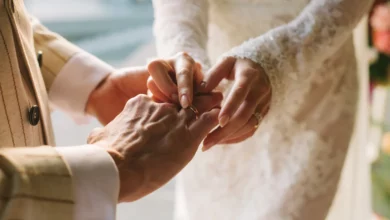During the summer in Egypt, it is common to find a bride and groom gathered with friends on the Qasr al-Nil bridge.
Dancing or drinking sharbat, the couple always seem caught up in the moment, excited about their step toward a new future. They are specks in a massive city but have their own new world suspended with them over the north-flowing Nile.
In Russia, I was more than a little surprised to step out of our enormous tinted tour bus onto a Volga-side curb in the middle of February (-30 degrees Celsius) and find an unusually similar scene.
Decked out in a cream puff wedding dress, the bride and groom of Russia’s streets look similarly into each other’s eyes — the only difference seemed to be the violin and cello playing a little Russian tune, as well as the group of blue cream puff bridesmaids dancing.
As soon as they appeared, they disappeared into a brown, drab eastern European car and hurtled off (yes, all of them — how many wedding guests can you fit in a Skoda? Take away their cello). But as the unusually clear winter day continued, couple after couple appeared at landmark after landmark.
The routine seemed simple — jump out, remove enormous coats to reveal proper wedding attire, get violinist and cellist in ready position, dance a ditty, shout ‘HEY!’, jump in the car, scoot out.
I could hold myself back no longer and asked the tour guide sheepishly for the reason behind the landmark bridal parties.
Russia’s wedding tradition apparently includes a city tour of landmarks. In Russia, this means that the bride and groom are expected to travel for hours with a close-knit wedding party, taking pictures at historical monuments and Soviet-era landmarks, such as the Seven Sisters — seven Stalin-era buildings with "wedding cake architecture" that include the present Ministry of Foreign Affairs and the Hotel Ukrainia.




